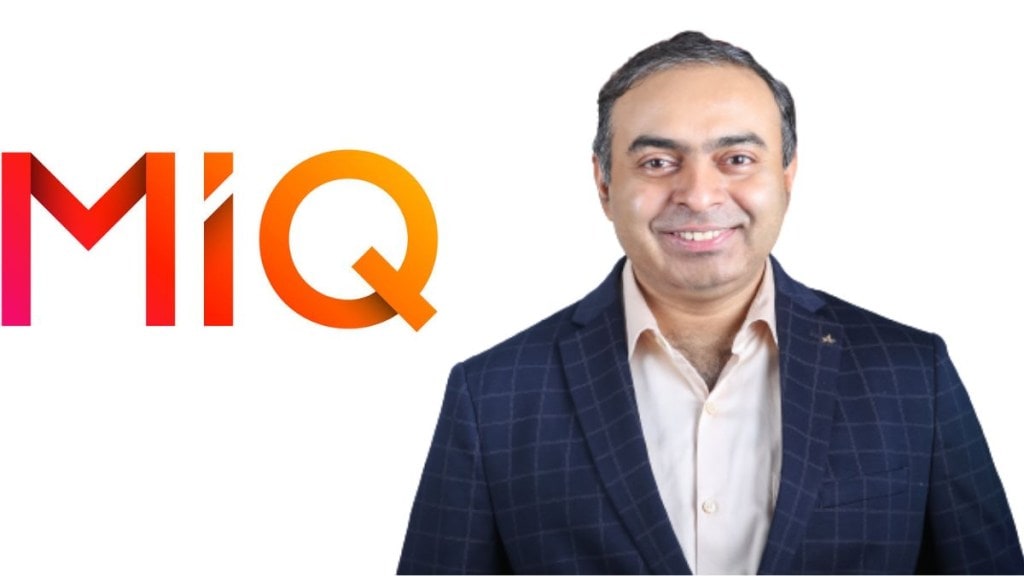As more and more marketers look to drive a higher return-on-investment (RoI), programmatic spends have only increased. According to the latest estimates, programmatically sold advertising globally was worth $418 billion in 2021. This is expected to reach $725 billion by 2026, as per market research firm Statista. At home, India spent about $473 million on programmatic advertising in 2021. With the rise of ad-spends in formats such as programmatic, the industry has seen the entry of many agencies which work in the space. MediaIQ, now rebranded to MiQ, is one such company to have found its calling in India and now claims to have created a robust business. In a conversation BrandWagon Online with Siddharth Dabhade, managing director, India, China and SAARC, MiQ, talks about the rise of programmatic advertising when compared with direct selling. (Edited Excerpts)
This year how much of ad inventory is expected to be on programmatic?
According to estimates, programmatic in India accounts for 45% of the inventory, and 55% is direct. Programmatic ad inventory has continued to increase every year. Compared to this direct inventory has been on a decline, in line with global trends. At MiQ India, we have over 420 billion ad impressions available for advertisers on our platforms for auction next month.
To what extent Connected TV (CTV) has grown in India?
CTV is a fast-emerging channel which brings digital capabilities to TV advertising. An increasing number of Indian TV viewers are cutting the cord and consuming content on-demand on OTT or FAST channels, making CTV the only channel to reach an affluent and young audience on the big screen.
CTV advertising enables brands to serve targeted and personalised ads on TV, which is just not possible on linear TV. It also brings reach, frequency control, and retargeting to consumers on other platforms, which helps brands optimise the return-on-investment (RoI) on TV spends.
Currently, CTVs are in over 20 million households in India which is projected to grow four times to 80 million in the next threeyears. According to a recent report by GroupM, CTV advertising is pegged to reach $395 million by 2027. There is huge headroom for CTV and programmatic to grow as India gets more digitised, Internet penetration increases, and new channels such as video marketing and digital out-of-home (OOH) become available programmatically.
What percentage of programmatic is on CTV? What percentage of Indian Premier League’s (IPL) inventory is on programmatic?
To give you an idea of the scale of programmatic CTV and video in India, we have over 40 OTT apps and platforms with a large vernacular language base. YouTube has over 467 million users in India, with an increasing number of people who prefer watching videos on TV. Currently, the percentage of ad inventory available via programmatic on CTV is low. Most advertising on CTV is sold via programmatic guaranteed deals, which are essentially direct buys with a publisher executed on the demand-side platform (DSP). The price and volume are all fixed, and there are fewer CTV capabilities like targeting that can be applied by the DSP.
The IPL has gone on programmatic for the first time on JioCinema, this year. Being a tentpole sporting property, it offers access to about 20 million households via programmatic CTV advertising.
To what extent the shift of complete ad-inventory on programmatic will adversely impact direct selling?
Direct selling of ad inventory has been gradually decreasing over the past few years as programmatic offers significant advantages over direct inventory buys with automation and efficiency. This trend is expected to continue in the coming years, which would result in more data-driven advertising and media planning. Today, publishers use programmatic to add incremental sales to their direct selling channels. In terms of ad revenue, digital ad revenue would continue to grow as more connected devices and channels become digital, which would add to the growth of programmatic.
What kind of growth the company has seen in the last few years?
We launched our India business in 2020, but in a very short span of time, we have grown nearly 10 times more than the industry average. We have significantly grown our client base in India, working with some of the most reputed brands across sectors. MiQ is growing at a rate of 15% every year globally and 54% in India from 2021 to 2022. We want to double our growth rate on India, as we believe that it can become the second largest market for MiQ in the future.
What was the idea behind acquring AirGrid?
AirGrid is a platform which enables marketers to connect directly to publishers for privacy-first and cookieless audience creation and activation. Without using any identifiers, it uses machine learning to segment publisher audiences in place of cookie-based data. It adds critical publisher-focused technology capabilities and proprietary data to MiQ’s extensive solution suite, accelerating its leadership in shaping a cookieless future for clients. It bolsters MiQ’s existing cookieless suite of authenticated data connections, advanced contextual data methods, and clean room solutions, which together power better analytics and targeting.
Publishers and marketers will be able to reach previously unreachable audiences with cookie blockers thanks to AirGrid. Distributors gain better influence, access, and adaptation of valuable open doors, brands can apply more exact focusing on usefulness to key crowds generally too far, and buyers’ information never leaves their gadget.
